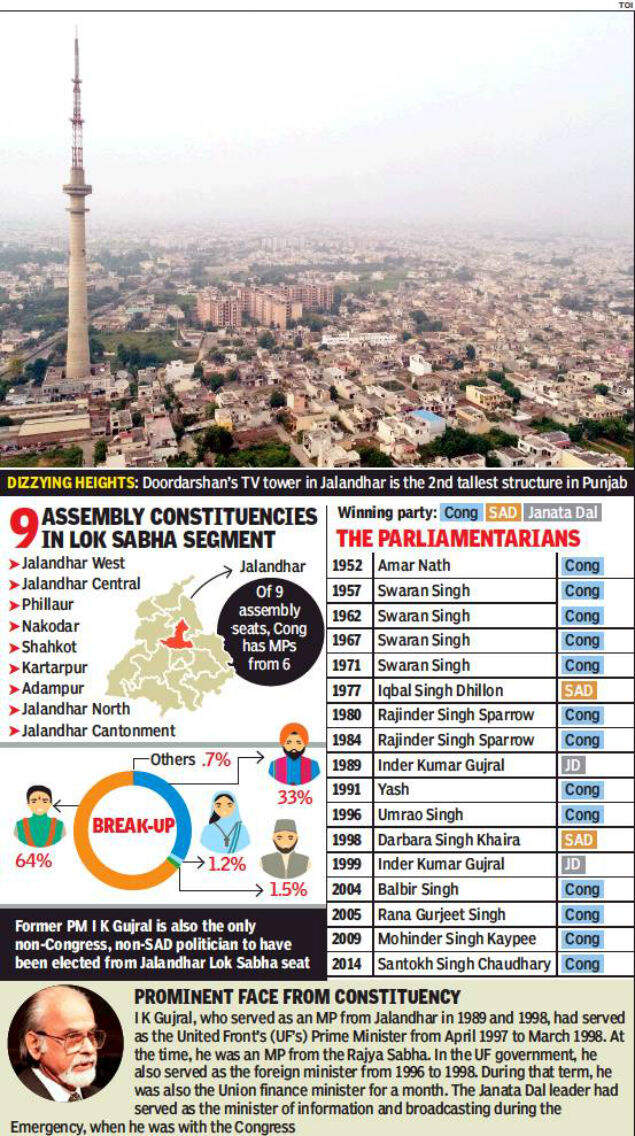

Yet, today these cities, which are 1,650km apart, share the same time. There was a one-hour-nine-minutes time difference between Kolkata and Mumbai.It was in 1906 that India had a single IST running through center of country.Indian Standard Time is an anachronism like many systems that were inherited from the British.India used to have two time zones, Bombay Time and Calcutta Time, first established in 1884 during the British Raj.Keeper of the time in India is the CSIR-National Physical Laboratory (NPL), New Delhi, which records time using five caesium atomic clocks.It is 5 hours 30 minutes ahead of Greenwich Mean Time (GMT), now called the Universal Coordinated Time (UTC).

IST is based on longitude 82.5°, which passes through Mirzapur, near Allahabad in Uttar Pradesh.As a result, the world is divided into 24 time zones shifted by one hour each.As Earth turns by 15° around its axis, time changes by one hour a 360º-degree rotation yields 24 hours.Countries across the world keep different times because of Earth’s rotation and revolution around the Sun.Eventually in 1884 International meridian conference adopted a 24 hour day.Scottish-born Canadian Sir Sandford Fleming proposed a worldwide system of time zones in 1879.


 0 kommentar(er)
0 kommentar(er)
